
Probing the ‘Creatives’ Behind Eichler
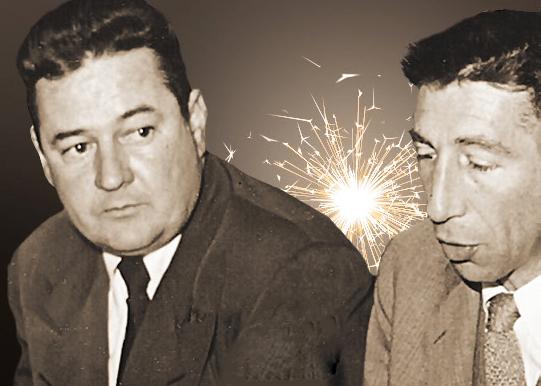 |
Ever wonder how architects come up with their ideas? Like Joe Eichler’s atriums and the lovely layout of Joe’s Greenmeadow tract? In the late 1950s scientists studied great architects, including two who worked for Eichler, to find out, as revealed in ‘It Starts with a Spark’ in the new winter ‘21 issue of CA-Modern magazine.
Bob Anshen and A. Quincy Jones were among 40 of the nation’s top architects who gathered in varying groups over several weekends at UC Berkeley in the late 1950s to be watched like bugs under glass, queried about their childhoods, sex life, working methods, and more; and made to engage in problem solving exercises.
They were also closely observed in social situations as they spent weekends together at a former frat house.“Live-in assessments started with a cocktail party,” author Pieluigi Serraino tells us in his remarkable book about the study, ‘The Creative Architect: Inside the Great Midcentury Personality Study.’
The study, the Architect Assessment Project, was headed by Donald W. MacKinnon of the university’s Institute of Personality Assessment and Research. It was one of a series of studies undertaken by the institute that also looked at creativity in scientists, authors, and others.
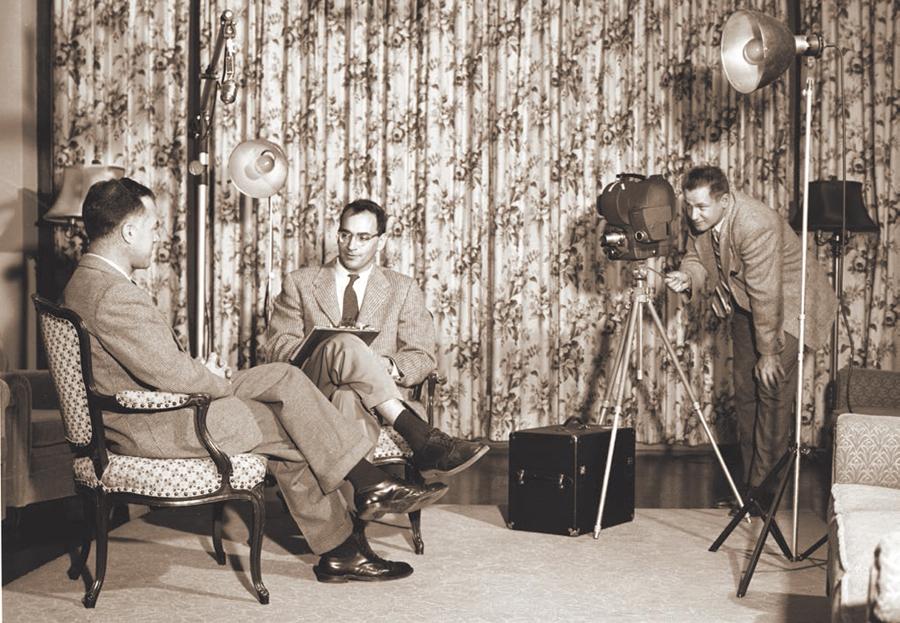 |
Never published, though publicized at the time, the studies were later forgotten until author Pierluigi Serraino resurrected the material for his 2016 book.
We thank the Institute of Personality and Social Research, as the institute is known today, at the University of California, Berkeley, for generously providing access to materials from the Architect Assessment Project for our feature article.
An exhibit based on Serraino’s research and material from the archive will be held at the American Institute of Architects in New York after the pandemic.
The study’s goals were ambitious, Serraino writes: “Both the art and science worlds had major stakes in creativity. Understanding its very nature could be the means of getting more of it out of humanity.”
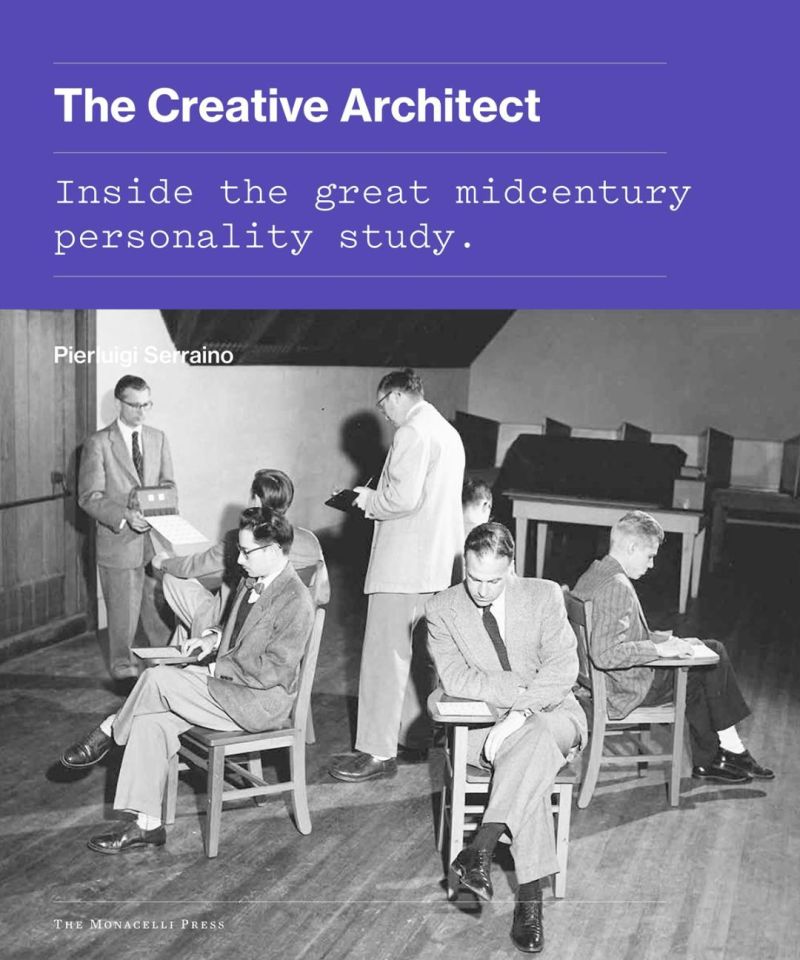 |
Serraino’s book and other material from the study, including surveys and interviews with both men, provide insight into their designs.
Jones listed the Greenmeadow subdivision he and partner Frederick Emmons laid out for Eichler as his best project, "because it is a solution to a problem of a complete community.” Greenmeadow includes a park and community center, and original plans called for shopping. Apartments are adjacent to the single-family homes
“It was a better place for people,” Jones said.
Anshen listed several bests, including the Chapel of the Holy Cross in Sedona, Arizona. None were Eichler projects. But he did brag about his and his partner Steve Allen’s design for the circular street plan of Fairmeadow in Palo Alto for providing variety and joy.
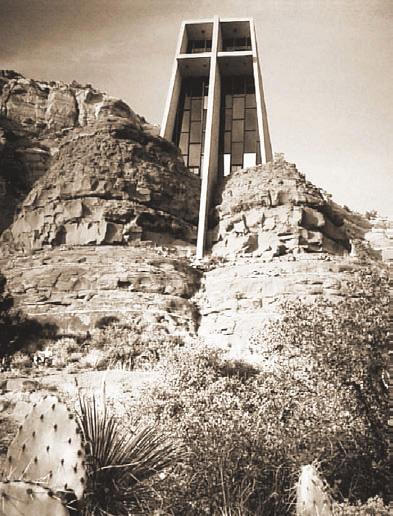 |
Anshen, who credited Allen with equal roles in their designs, described the setting of the chapel: “The most luxurious, shadowed red sandstone, which is just full of nothing but sculpture – shade, shadow, rounded free-standing forms.”
The only way to enhance it, he said, “is to make it just as simple as it can possibly be. So all you have is a cross going down between these two sandstone buttes, which makes the building grow right up out of the very nature of the rock itself.”
“It took us a year, fooling around with preliminaries, before we got that. I’d make a sketch, Steve’d make a sketch, I’d complain about his at times...and little by little it just fell into place.”
Both Anshen and Jones come across as men obsessed with architecture. Anshen said that was all he was interested in during college. Jones said he fell asleep thinking about work, and that his wife complained about his lack of interest in their children – or even in Christmas.
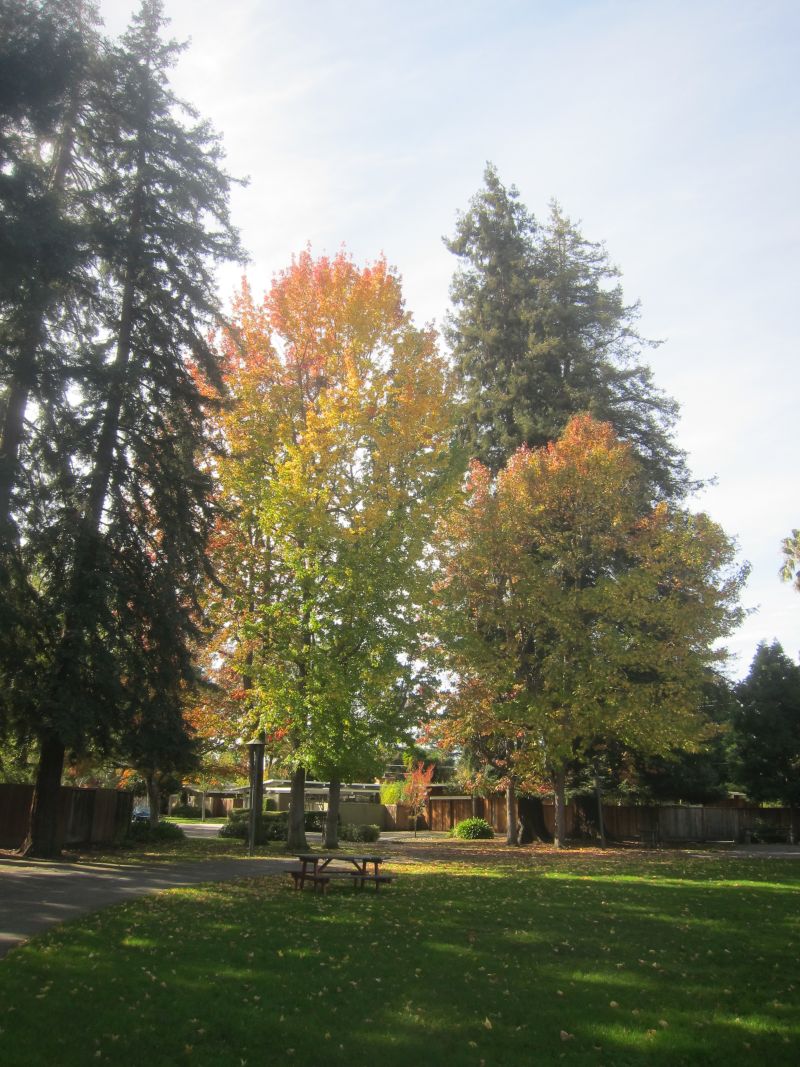 |
Both were obsessive in other ways too. Both smoked constantly. The questionnaire asked architects how much they smoked. There were check-off boxes for one pack a day, or two. Anshen wrote in three.
As an Eichler owner, have you ever wondered what the architects behind your home were really like? You’ll learn something from the study.
As a boy, Jones was a good student but, the interviewer reported, “For a period of a year or so he used to get up and walk out of the classroom if he did not like the class or did not feel like remaining in the room.”
The scientist who studied Anshen cast a wary eye on his sexual braggadocio, fondness for drink, and Bob’s presentation of himself as a bon vivant.
Asked if he was happily married on a questionnaire, Anshen checked “yes.” The interviewer penciled in the word, “claimed.” (Anshen divorced his first wife and married another two years later.)
Do the childhoods and personality traits of Joe Eichler’s architects cast light on how and why they developed their remarkable homes for the nation’s largest developer of modern residences? Decide for yourself by reading ‘It Starts with a Spark,’ a sneak preview of the new winter ‘21 issue of CA-Modern.
- ‹ previous
- 474 of 677
- next ›



